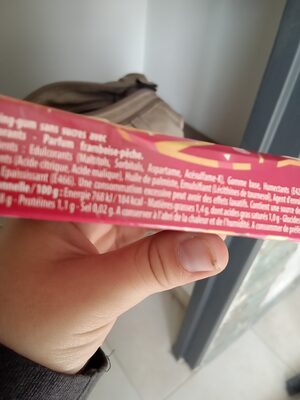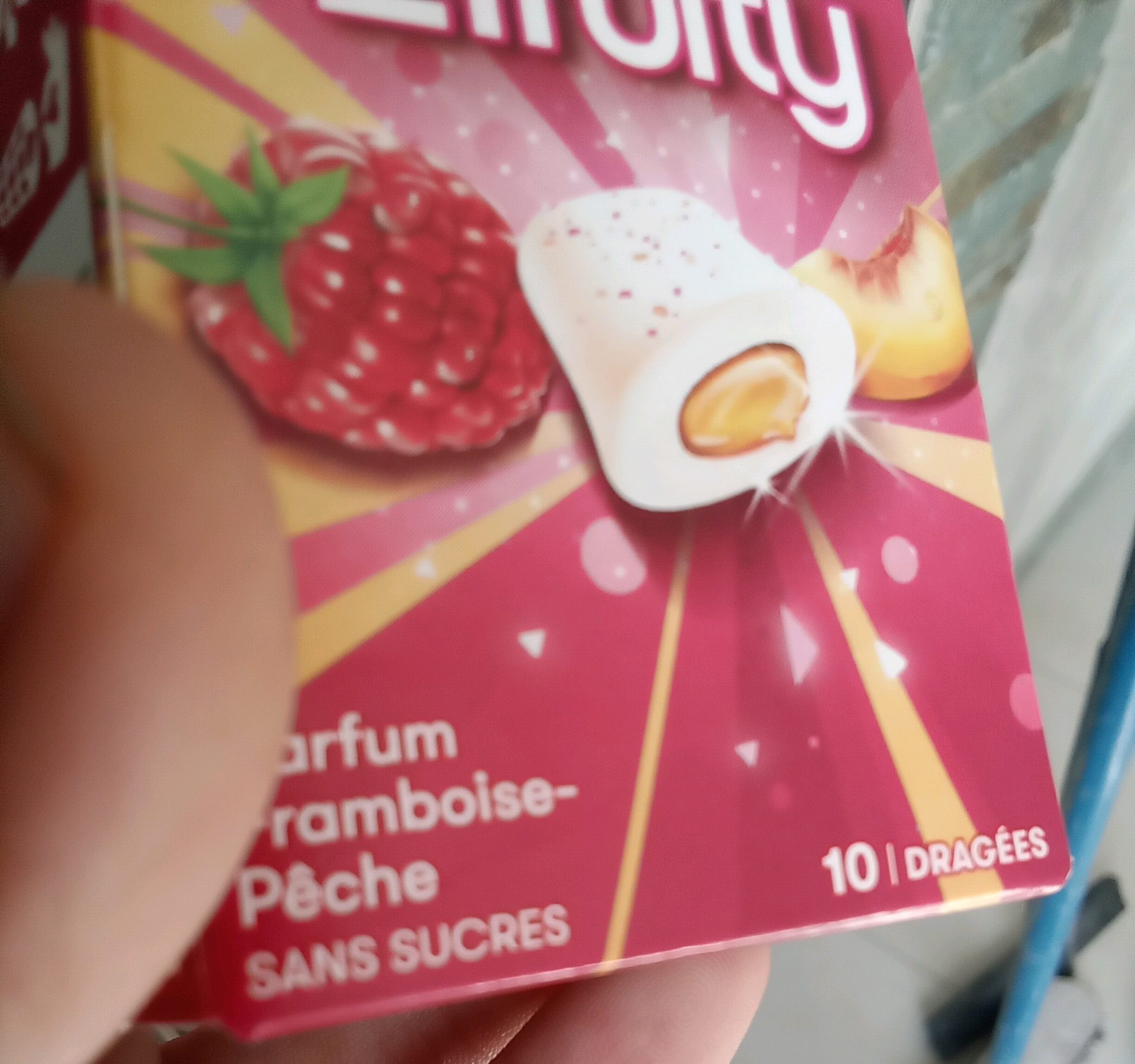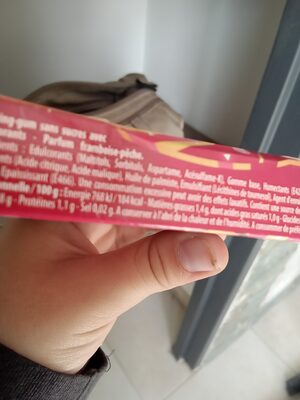2 fruity - Hollywood - 22g
This product page is not complete. You can help to complete it by editing it and adding more data from the photos we have, or by taking more photos using the app for Android or iPhone/iPad. Thank you!
×
Barcode: 7622210615022 (EAN / EAN-13)
Common name: Chewing-gum sans sucres avec édulcorants
Quantity: 22g
Packaging: Plastic, Cardboard, Film, Sleeve
Brands: Hollywood
Categories: Snacks, Sweet snacks, Confectioneries, Chewing gum, Sugar-free chewing gum, fr:Chewing-gum sans sucres avec édulcorants
Labels, certifications, awards:
Low or no sugar, Contains a source of phenylalanine, No sugar, Triman
Stores: Carrefour
Matching with your preferences
Report a problem
Data sources
Product added on by kiliweb
Last edit of product page on by freezer.
Product page also edited by inf, julie-yuka, mairoluin, maya-yvn, openfoodfacts-contributors, quechoisir, smoothie-app, yuka.R2I0dkgvUXdwZGtLdmZGaXdqTE02djVxemNlSEJFanBCdUVSSVE9PQ, yuka.SDdrY0M3NERtL2cybk1GaG9RSHcxZXR4eFptbmZGKzJDKzRYSVE9PQ, yuka.V0wwQUNvNE9pZlkzdWN3U3doSFMrUDVNbXAyVFhGanBNOG9QSWc9PQ, yuka.VFk5UUg0QXRyTjVia01NSDNTM2YyWUpXMjYyNEFXMk5LYlF1SVE9PQ, yuka.VFlZYkFyNG85K1F4b05vZ293N1k2OXR6K2NXamNuK09kZlZPSVE9PQ, yuka.WnJzcEY0OHptYVpRbXRvLzBqanoyOVZjeDhPUVl6MjFDZUFiSVE9PQ, yuka.YXJCWU9md3ppUFJUbE1RWndBcVAxLzRweXFTdFcxbVZCcllOSWc9PQ, yuka.ZC9zdFFZa3V0Tk0ydHNBZnBVUDMwZmh0emFQNFlucWJMdTlQSVE9PQ, yuka.ZHEwUE5vQUVyOTRBbmZZNjJ6ci8vT04yNnB5NUF6K2VCc2NXSVE9PQ, yuka.sY2b0xO6T85zoF3NwEKvlhVsWcuBozPGCzvthR2L3dWtCYLjRexqwbP_Lqs, yuka.sY2b0xO6T85zoF3NwEKvllxADtjgvxvKKx3txxTR-MXTI5j3QNZ0w4PwGKo, yuka.sY2b0xO6T85zoF3NwEKvlmBESIqDrBSfbkbmpB2O_YrVdJrLc_JTwavoMag.











